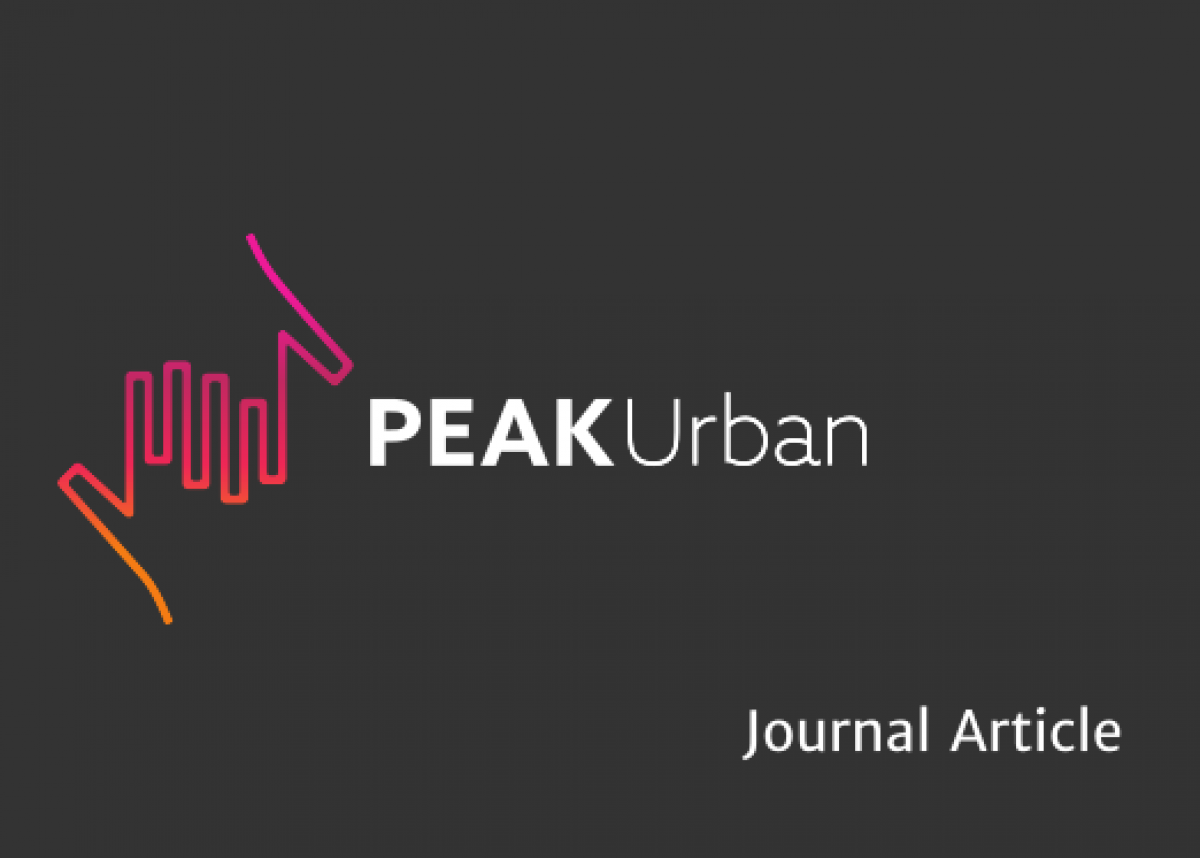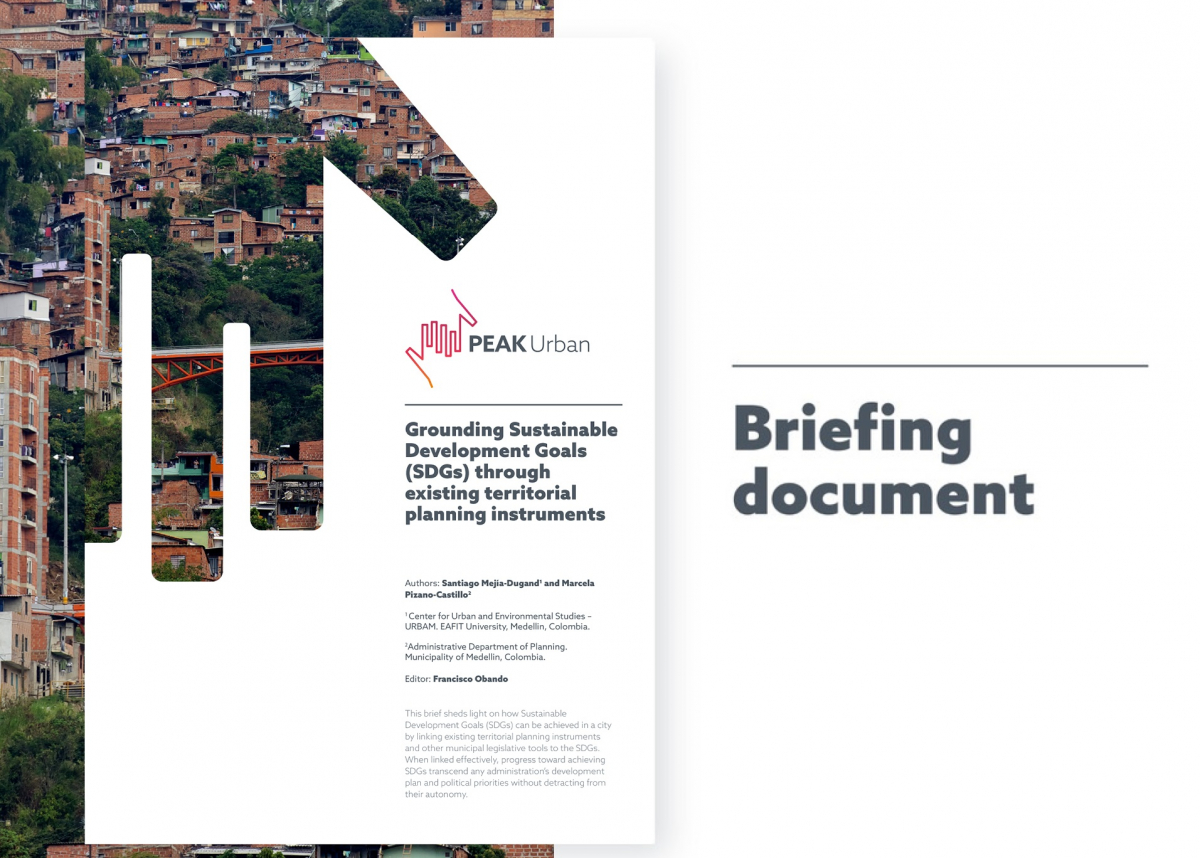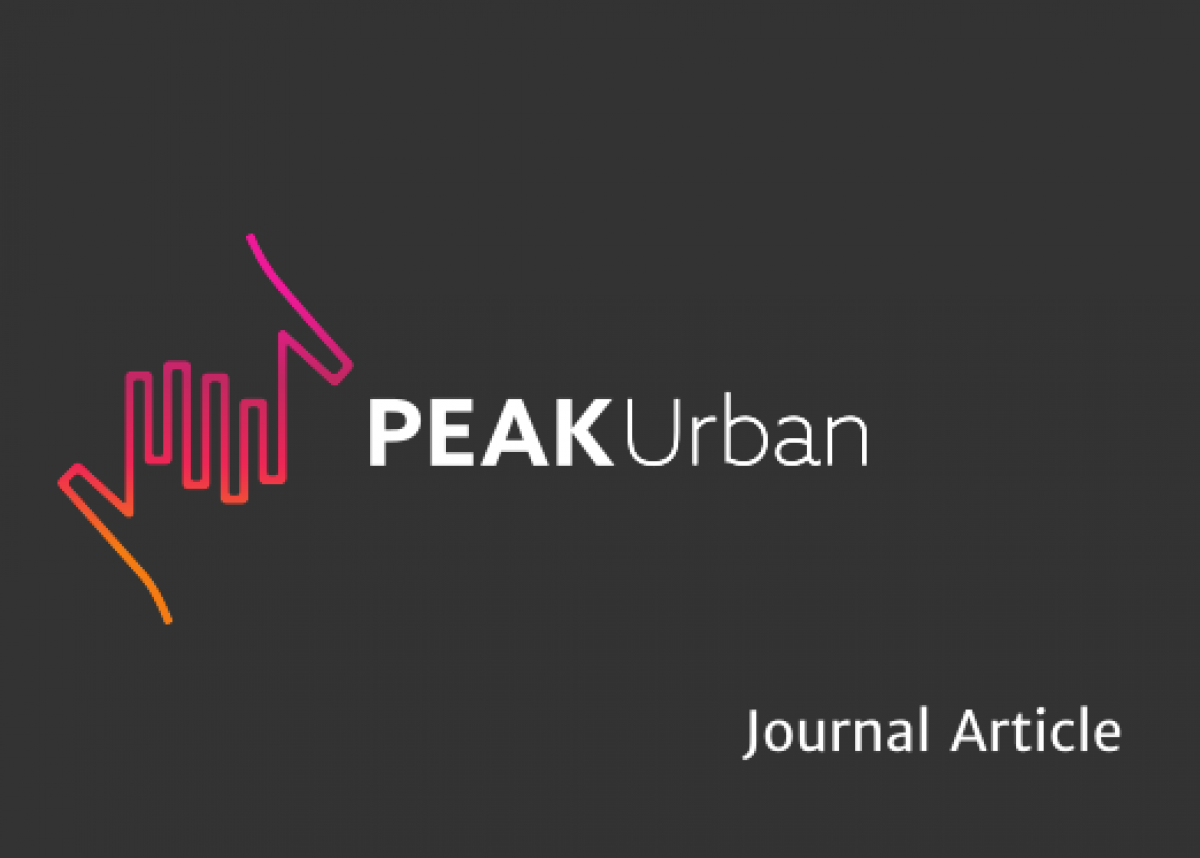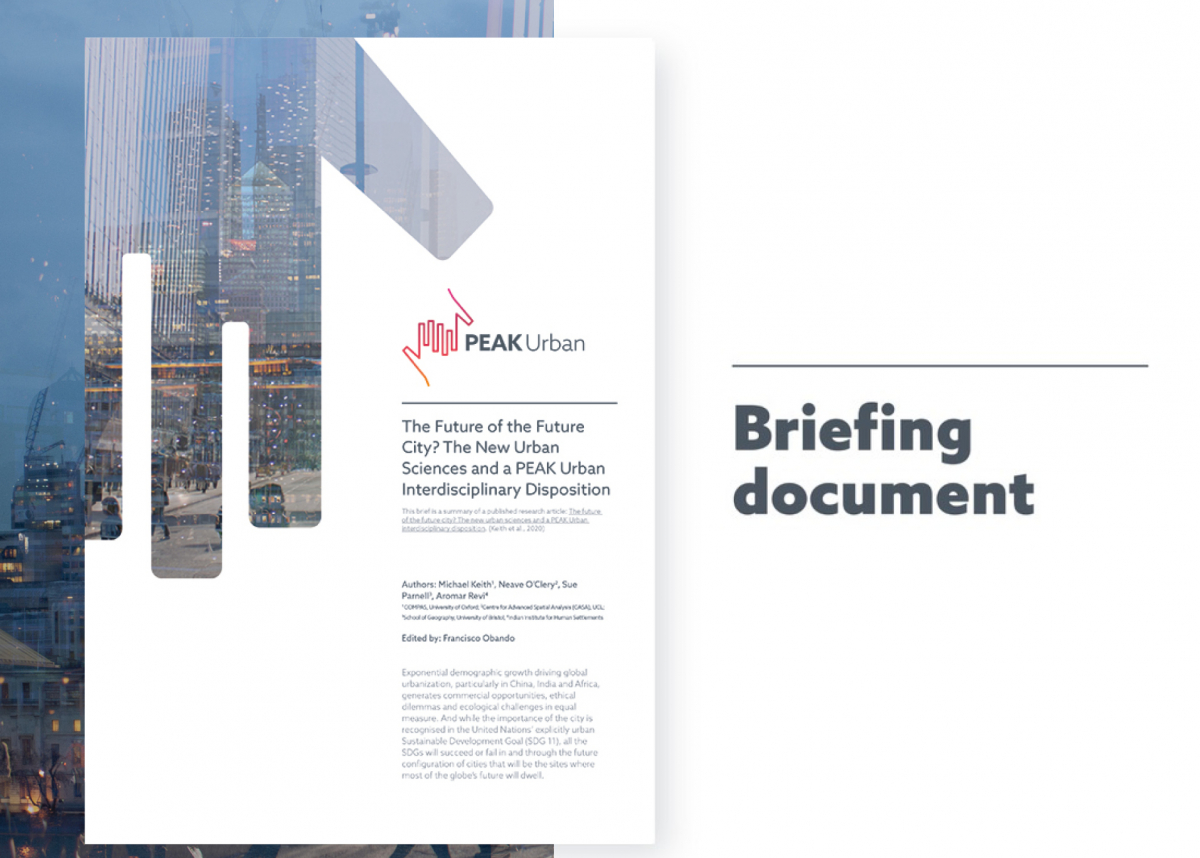
The influence of neighborhood types and accessibility on active transport in China’s growing cities
Rapid urban expansion in China has created both opportunities and challenges for promoting active transport in urban residential communities. Previous studies have shown that the urban form at the city scale has affected active transport in Chinese cities.
However, there is less agreement about how the physical and social variations of neighborhood types should be addressed. This research investigates the four most representative neighborhood types found in Chinese cities: traditional mixed-use, slab block work-unit, gated community, and resettlement housing. Household travel diaries conducted in Chengdu in 2016 were analyzed using binary logistic regressions, supplemented by informal onsite interviews.
The findings indicate significant variations in the use and accessibility of active transport in each neighborhood type for non-work trips. This suggests that each neighborhood type may need different strategies for promoting active transport:
(1) the traditional mixed-use neighborhoods are in need of intensified urban retrofitting projects to reclaim public open space;
(2) the work-unit could benefit from comprehensive plans rather than a patchwork of projects;
(3) while opening up gated communities can improve porosity across neighborhoods and promote active transport, the more pressing issue may be their inability to keep up with the transportation needs of the residents; and (4) residents of resettlement housing should have better access to employment using transit and non-motorized modes.







